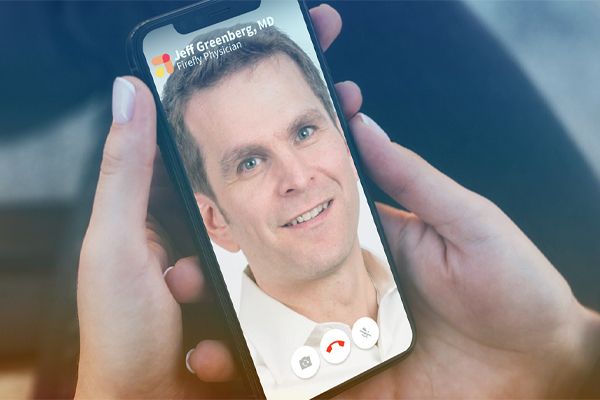Is Virtual-First Care As Valuable As In-Person Care For My Employees?
Published June 2, 2022
Published June 2, 2022

In a word, yes!
The vast majority of primary care interactions do not require a face-to-face visit. And the virtual-first PCP model drives value in two key areas where in-person care consistently falls short: access and engagement. At Firefly, we use a combination of video visits and rapid-response in-app messaging to deliver clear results.
Our patients love the ease of virtual-first care:
With increased access to their care team, our patients develop a more trusting and deeper relationship than the traditional model where they see a clinician only 1-2 times a year.
Many people are simply more comfortable talking about difficult issues in the privacy of their own home, rather than a sterile clinical space. With increased comfort, patients are more likely to open up about issues that may have previously kept to themselves.
In traditional primary care, a mental illness means getting care separately with a psychiatrist or therapist. And those providers rarely communicate with the PCP. At Firefly, our care teams include behavioral health specialists. When a patient needs an outside therapist, we keep those lines of communication open to seamlessly integrate their recommendations with other care.
Virtual-first care opens the door to a level of care that patients simply cannot get otherwise:
Your employees' health is not a pass/fail test taken once a year. At Firefly Health, our virtual care model is physician-led and patient-conscious. To find out more about Firefly Health and how we can help keep your employees healthy, schedule a call today!